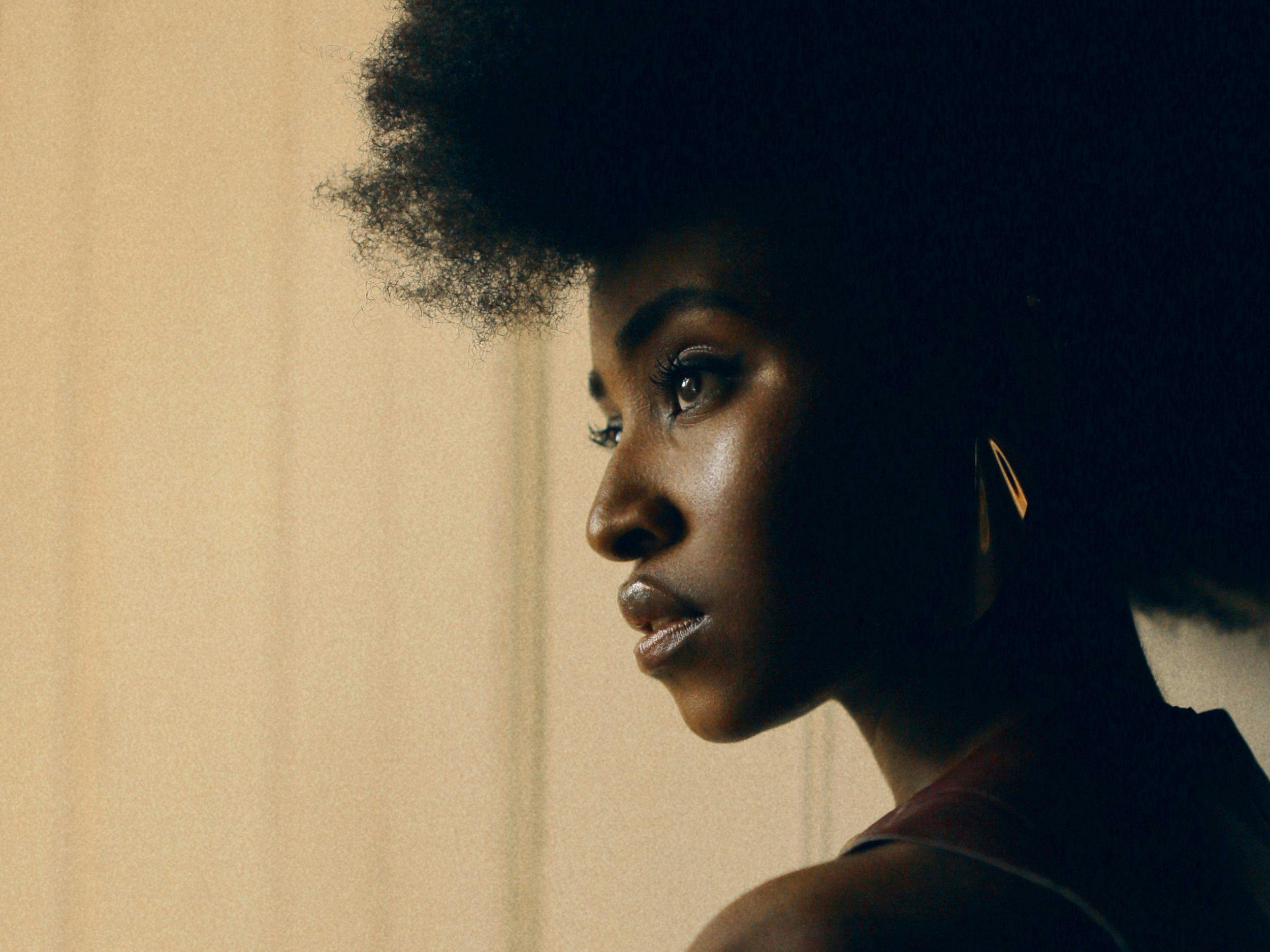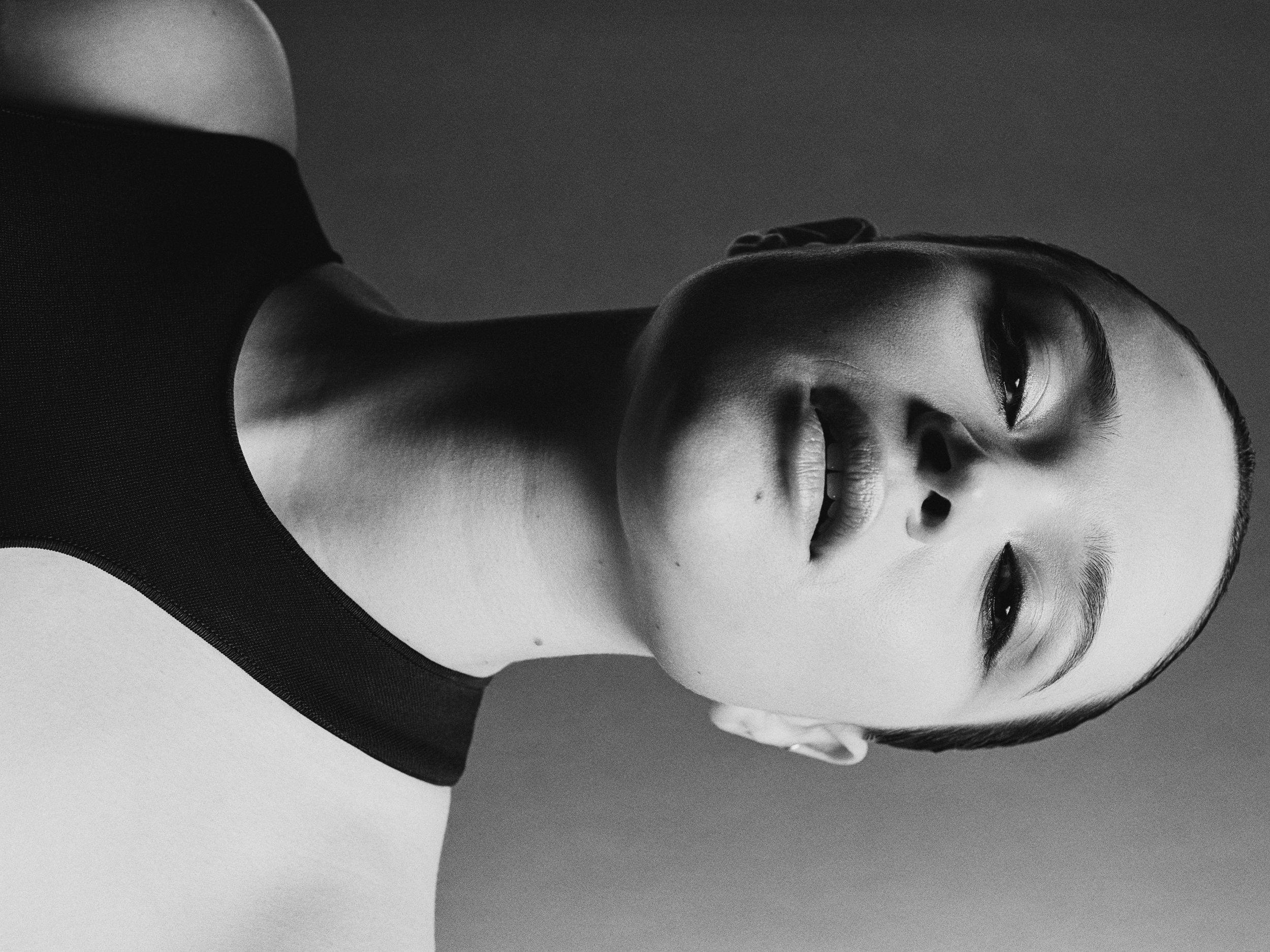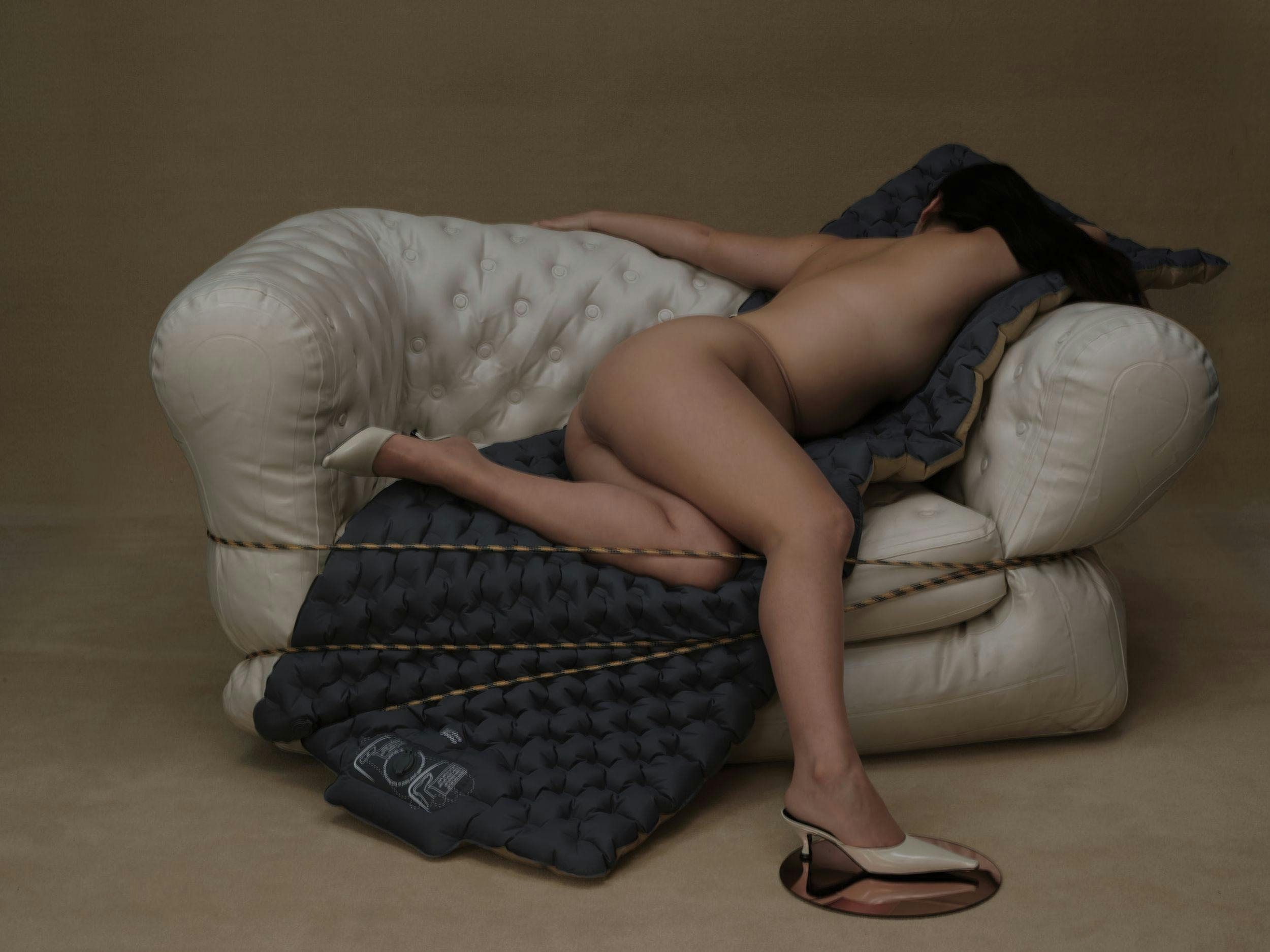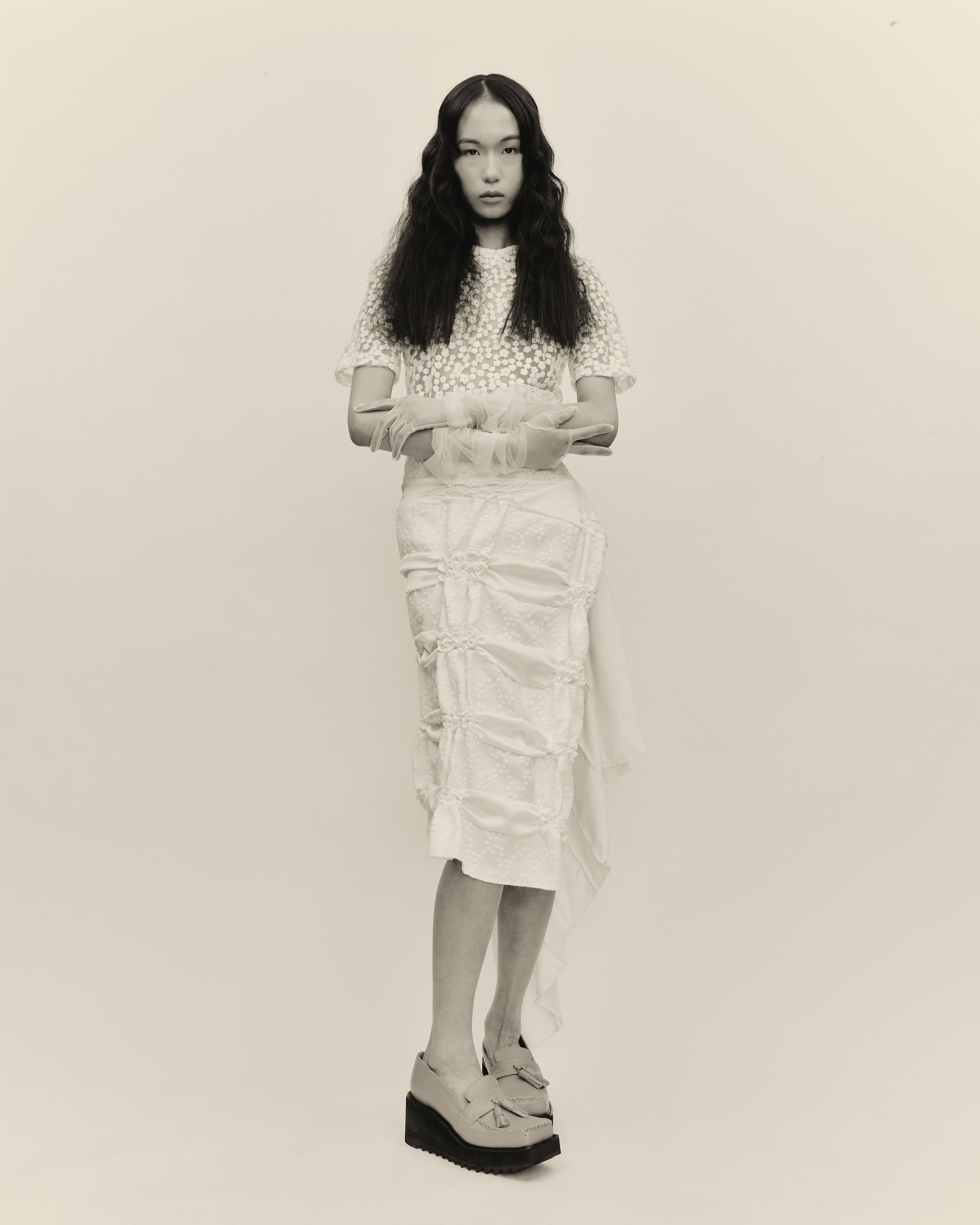
All clothing throughout by Róisín Pierce. Gloves, stylist’s own. Shoes by Roker Atelier.
The 2022 LVMH Prize: Róisín Pierce
In Róisín Pierce’s world, fashion is women’s work. By exploring the intersections of women’s history in Ireland with its complex craft heritage, the designer expertly translates both pain and joy. Behind each delicate crochet flower or dramatic smocked peak lie the stories of the women’s struggle and the bittersweet beauty in the textile traditions it conceived.
The thread that runs through Pierce’s collections and inspired her use of intricate surface decoration is the memory of Ireland’s frightening recent past. Until 1996, the Catholic Church exploited “promiscuous“ unmarried women in the barbaric Magdalene laundries—institutions in which forced labor, such as sewing and laundering clothing, was used to shame and subdue. People often interpret Pierce’s work as romantic, perhaps due to the monochromatic pure white of each and every look, but in reality, it’s anger that drives her forward. “I felt like when I was working on the clothes, it was giving a voice to this topic that wasn’t spoken about,“ Pierce says. “Personally, I had a deep connection with the topic. It made the process feel more authentic.“
The Irish designer also draws upon the nineteenth-century craft of crochet lace, developed during the famine to provide meager livelihoods for suffering families. “When machine lace came in, that practice almost died. Revival of Irish crochet lace is really important to me because it is a craft that is close to extinction,“ Pierce explains. “I didn’t just want to commission directly from the older crochet ladies, because the craft wasn’t being taught on. So I started an initiative of teaching it to young girls that were interested in learning it.“ By handing down this richly historic technique to the next generation, Pierce’s work goes beyond showcasing a lost art and toward a real revival of the practice within a positive new context.
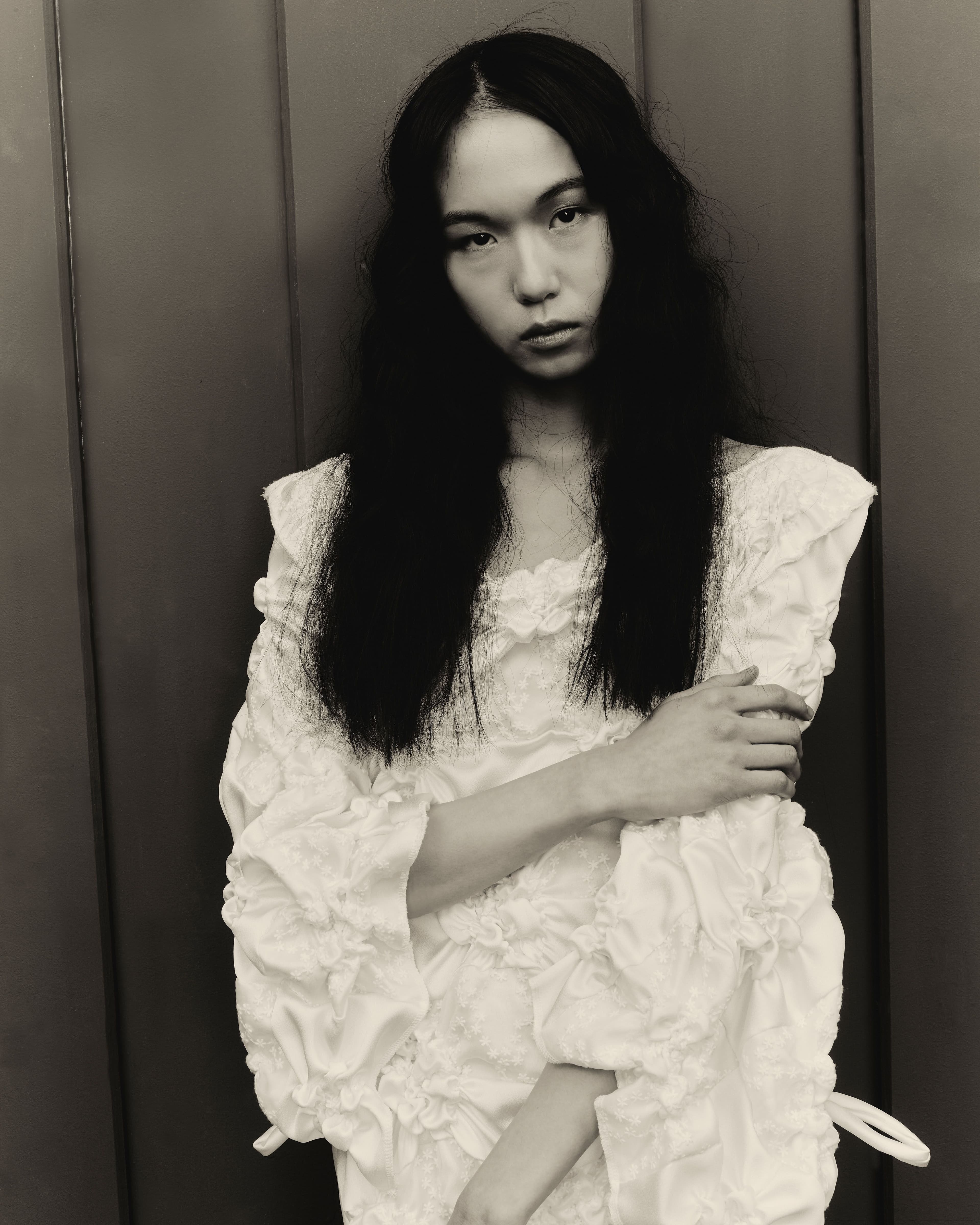
Like the women who came before her, Pierce’s techniques are grounded in resourcefulness. Zero-waste design guides her patchwork process of manipulating fabric into structural three-dimensional garments. “Zero waste came about because I wanted my practice to be sustainable, but what was great was how it lent itself to the way I work. I like to ruffle things, I like to smock things, I use all the offcuts and make each little section into something,“ Pierce says. “It wasn’t just sustainable for sustainability’s sake. It wasn’t a tick-box exercise. I really feel like I’ve found my creative language through this commitment to older crafts and a renewal of them, but also exploring the new possibilities. It’s a constant search for newness, and when I achieve it, I feel euphoria.“
Pierce’s latest collection, “Two for Joy,“ embodies this euphoric sense of creativity. Its nursery-rhyme title reflects the sentimentality she wants to spark in the wearer, inspired by her own “golden-tinted“ childhood memories. Unlike the nostalgia of the nineties-era First Communion dresses that inspired her previous collections, “Two For Joy“ draws on the kind of non-specific sentimentality that brings up warm, fuzzy feelings. These ideas are expressed through sheer, floaty satin; sparkling star-burst structures; and childlike accessories such as angelic halos and handbags from dress-up boxes. “I want to transport that happy energy that I get from these memories and from creating back into the clothes themselves,“ she says.
As fashion critic Sarah Mower remarked on a sustainability panel recently, the most wasteful thing a designer can do is to create something undesirable. This perspective is reminiscent of the concept of emotional durability, the invisible force behind generations of hand-me-downs long before ’circularity’ was trending. For many, the ultra-fast-fashion mindset has replaced this kind of longevity with an exhausting trend cycle. Even if a garment can be physically durable, it will only stand the test of time if it is cherished.
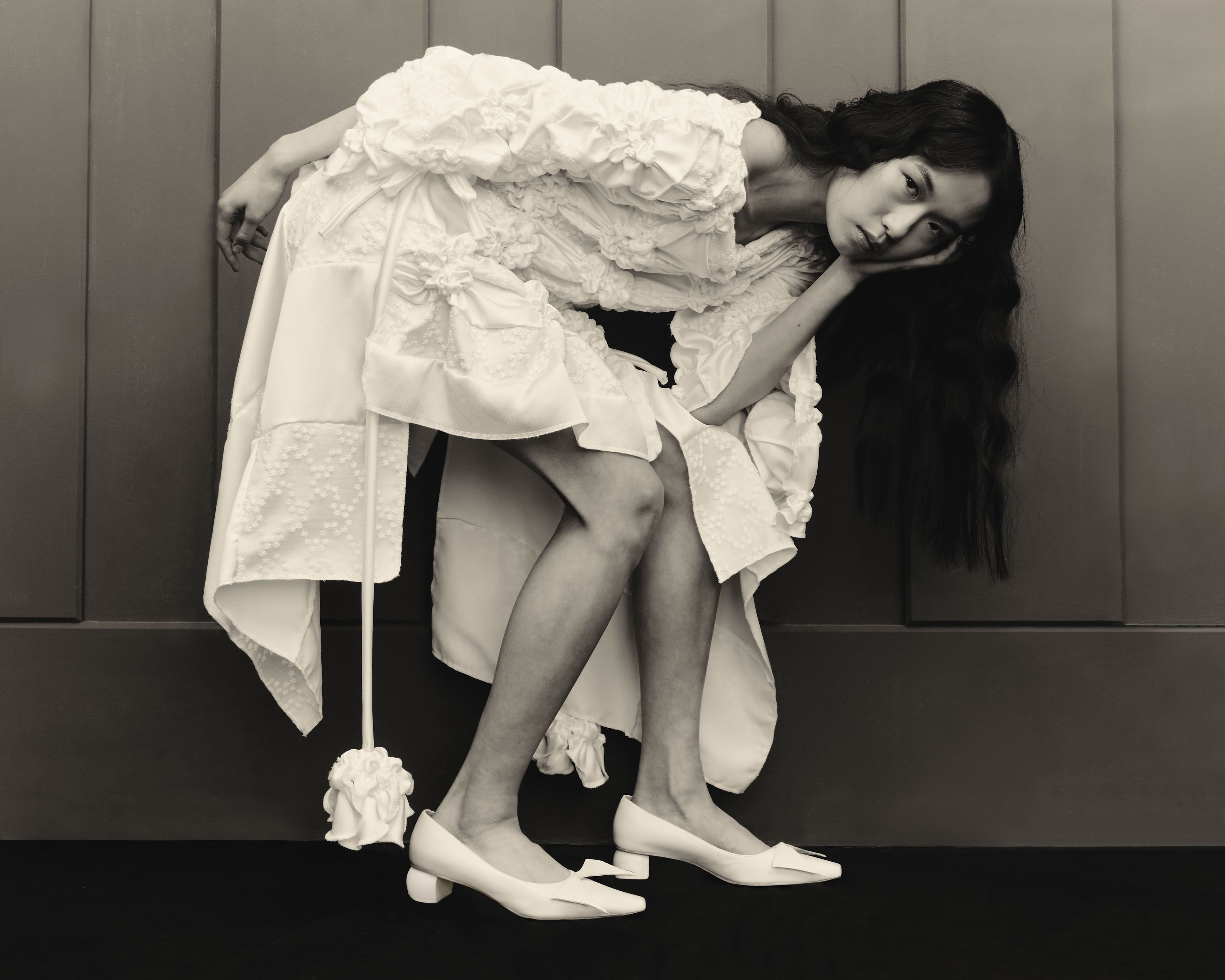
For Pierce, slow fashion is the key to building a sustainable practice in every sense of the word. “My collections are annual, so it’s never about seasons or trends. I really respect the length of time it actually takes to go through this process,“ she says. “It’s surface on surface on surface, and I really don’t like to be restricted. If something takes weeks or months to make, I will still make it. I am always trying to make the most beautiful garment I can, so no expense is spared.“
Pierce’s latest work is handcrafted locally in Ireland. Keeping traditional techniques alive has allowed the young designer to explore unexpected new avenues in sustainability that don’t require technological innovation or globalization to thrive. While she looks forward to future opportunities to grow her practice, she wants to hold onto the principles of craftsmanship on which she built her eponymous label. “I would never want to grow in a way that doesn’t align with honoring craft,“ she says. “It’s never going to be watered down.“
For more information, please visit RoisinPierce.com. See the full 2022 LVMH Prize portfolio here. Read this story and many more in print by ordering our fifth issue here.
As a nonprofit arts and culture publication dedicated to educating, inspiring, and uplifting creatives, Cero Magazine depends on your donations to create stories like these. Please support our work here.
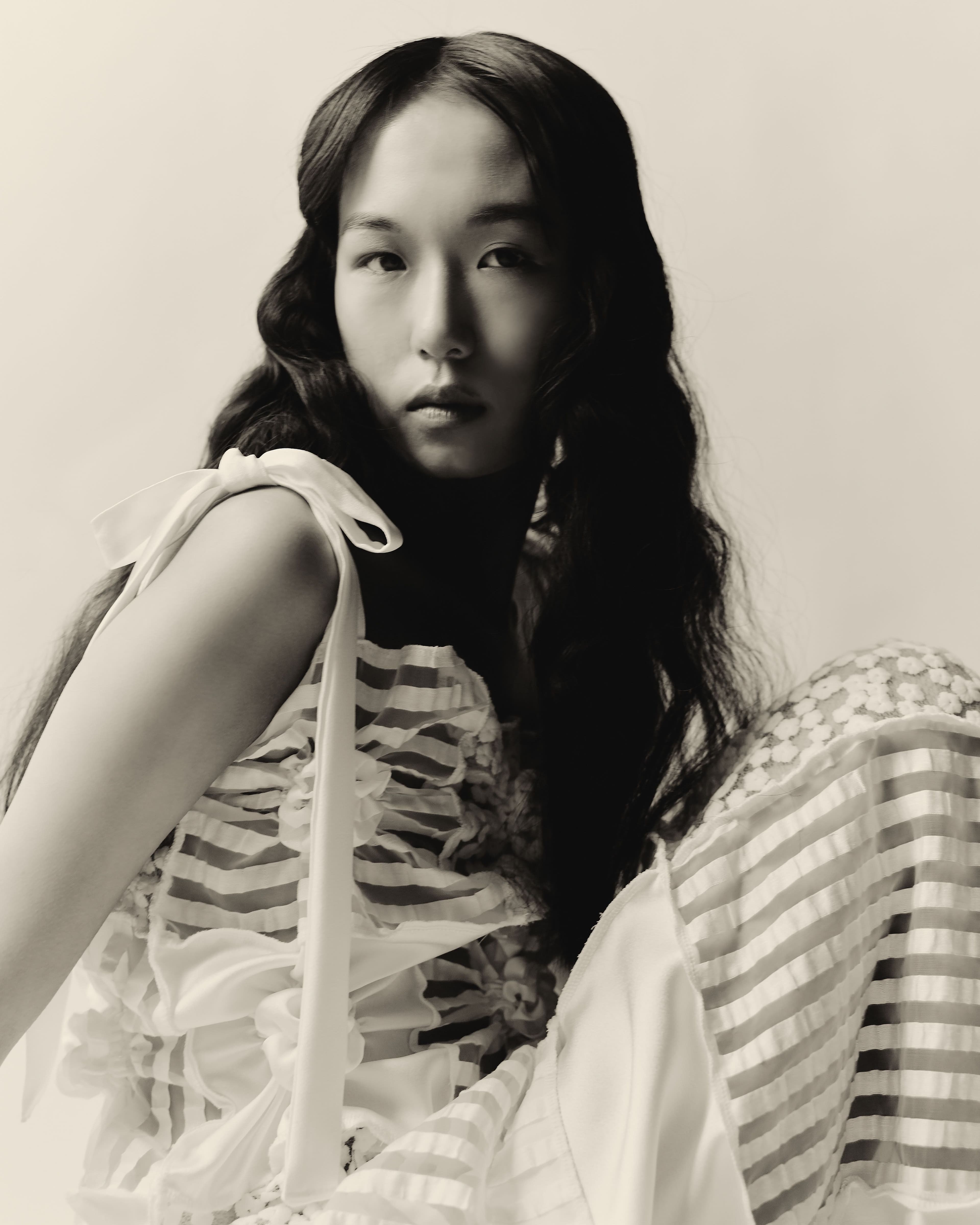
As a nonprofit arts and culture publication dedicated to educating, inspiring, and uplifting creatives, Cero Magazine depends on your donations to create stories like these. Please support our work here.


